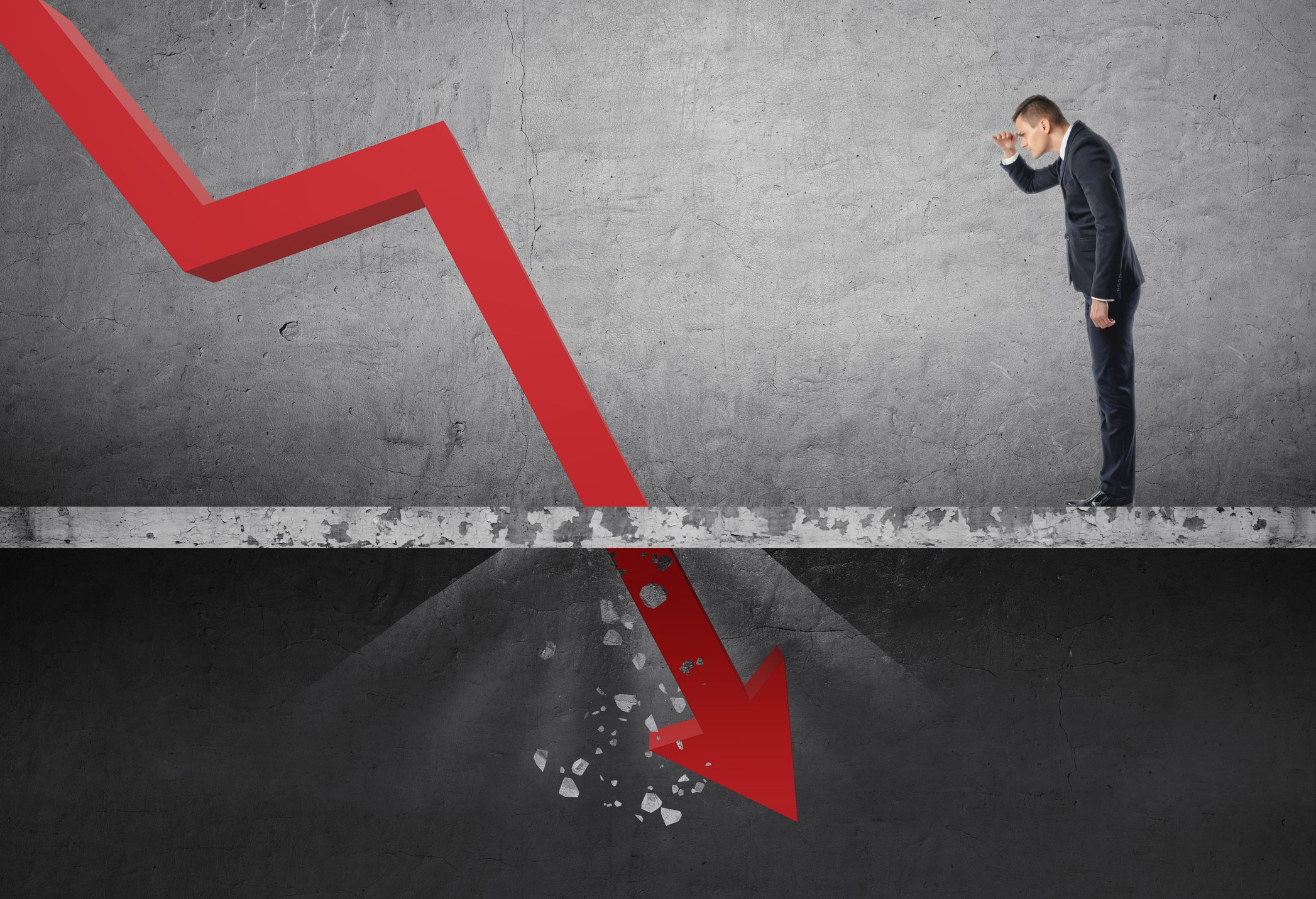Luxury online marketplace Farfetch (FTCH +0.00%) made its public debut last week, pricing its IPO at $20 a share, a dollar more than the upper end of the expected price range, raising $885 million in the process.
The stock opened at $27 a share hit an intraday high above $30. It closed its first day of trading at $28.20 for a 41% gain from the IPO price. Here's what investors need to know about Farfetch.

Image source: Getty Images.
1. It's more eBay than Amazon for luxury goods
Farfetch is not a retailer itself but rather a platform for more than 600 luxury retailers and 375 brands to connect with consumers. In that way, it is more like eBay, where third-party sellers go to hawk their wares, than Amazon.com, which sells goods, though it does also offer a platform and storefronts for retailers.
2. You won't find its retailers on other platforms
It's mostly an exclusive club. Retailers typically enter into one-year contracts with Farfetch, and of the 614 retailers that utilize the marketplace, 98% of them are exclusive to its platform. Farfetch also says that over the last three years, it has retained all of its top 100 retailers and all but one of its top 100 brands, other than those it booted for poor performance.
3. Farfetch makes most of its money through commissions
In 2017, it generated $386 million in sales, up 59% from the prior year and 171% higher from 2015, for a 26% compounded annual growth rate. Over the first six months of 2018, revenues were up 55% from the same period last year.
4. Losses are growing, however
In 2017, the luxury marketplace recorded losses of $112 million (or $2.62 per share), some 37% worse than the $81 million ($2.21 per share) it lost in 2016 and nearly double the 2015 losses of $61 million ($1.80 per share). Farfetch is on pace to exceed last year's losses in 2018, as they've grown to $68 million over the first half of the year compared to $29 million a year ago.
5. Customer acquisition costs are growing, but so is the customer's value
Although Farfetch doesn't disclose its consumer acquisition costs or the lifetime value they bring (LTV is a metric Farfetch describes as gross profit less demand generation expense), it offers a ratio of one relative to the other, and that has been increasing steadily, indicating that its ability to generate more revenue per customer compared to how much they cost to acquire is growing.

Image source: Farfetch SEC filing.
6. Farfetch makes most of its money in Europe
Considering that Farfetch is based in the U.K., the fact that most of its contract retailers and brands are based there and account for 86% of total revenues isn't surprising. But its customer base is more diverse, with the Europe, Middle East, and Africa segment accounting for 40% of the total, while the Asia Pacific region represents another 34%. The U.S. comprises the remaining 25%.
7. Farfetch has branched out into brick-and-mortar retailing
In 2015, the marketplace bought a British fashion and luxury goods boutique called Browns, which operates two stores in London. Last year, it generated a little more than $15 million, but Farfetch says it gives it better insight into the brick-and-mortar luxury goods market.

Image source: Farfetch.
8. Founder owns controlling shares in the company
Farfetch has two classes of stock. It offered the Class A shares to the public in the IPO, while founder and CEO Jose Neves owns all the Class B shares, which also have 20 times the voting power of the Class A shares. That means Neves will decide the future direction the company takes.
9. Risks abound
Because Farfetch caters to a wealthier clientele, there is some buffer built into the ups and downs of the retail market, but it's still at risk from economic downturns. It also has no control over what is offered on its site, as all of its retailers decide what they will sell. Consumers can be fickle over fashion, and that leaves Farfetch beholden to its clients to know what customers want. Also, if its biggest customers experience a downturn -- Farfetch identifies Brexit as a particular risk -- its fortunes will be hurt too.
Farfetch doesn't see itself in the retail sector, writing in its prospectus, "We are a technology company at our core" that's simply been built up around retail. Tech stocks have been battered lately, and once the euphoria of its IPO wears off, Farfetch might also face those troubled winds.






